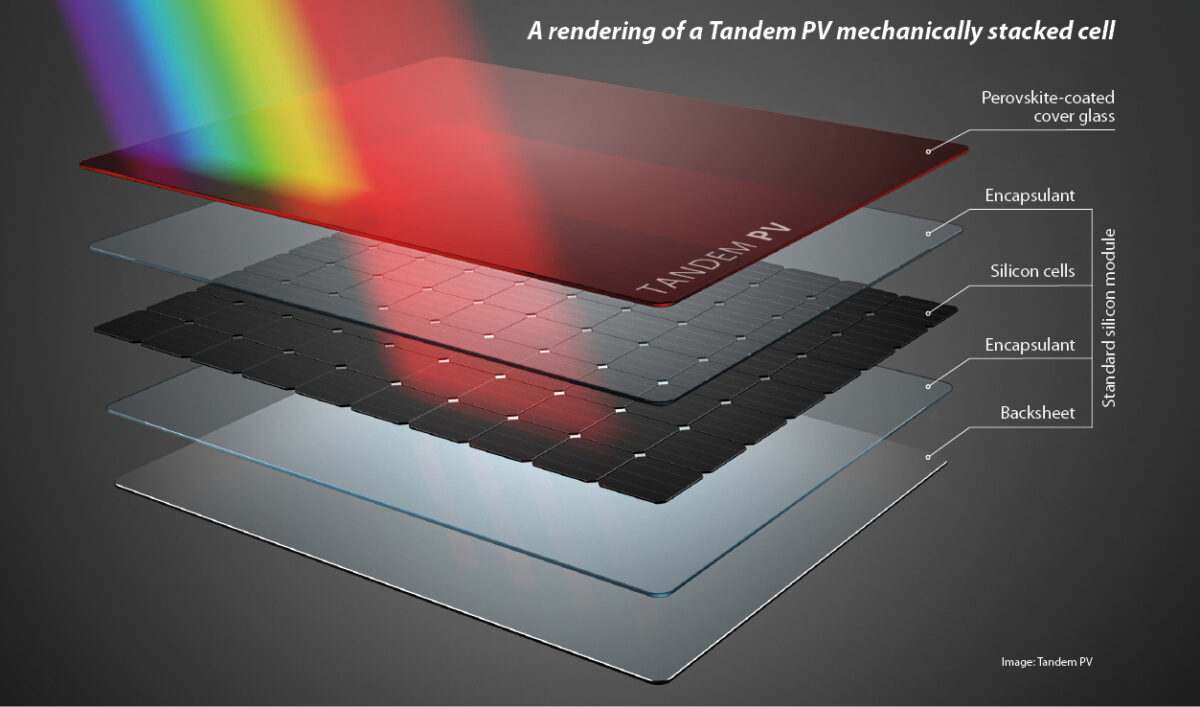Exploring the Boundaries of Perovskite Photovoltaics A Weekend Read

Perovskite solar research is coming on in leaps and bounds on both sides of the Atlantic. In the US, the Inflation Reduction Act has had a huge effect on solar PV investment and R&D, including the development of perovskite solar and tandem technologies. As well as large companies investing in such technology, start-ups have been leading the charge. Tandem PV, a seven-year-old company based in California, has recently completed performance tests for its mechanically stacked perovskite-silicon tandem (four-terminal) PV technology. On the other side of the continent, six-year-old Rayleigh Solar Tech – based in Halifax, Nova Scotia – recently commissioned a pilot line for its flexible and lightweight perovskite solar PV technology.
The advancement of perovskite solar technology has been fueled primarily by the increased efficiency it offers compared to traditional silicon panels. The reason for this is due to the type of materials used. Perovskite is made from a mix of organic and inorganic compounds, such as lead, tin and other elements, which give it an unusually high efficiency rate at converting sunlight to energy. Additionally, the use of nanotechnology helps improve the efficiency further.
Recently, Princeton researchers led by Yueh-Lin Loo published a paper in Science about interface-stabilized, all-inorganic perovskite solar cells. This new technique uses halide-based perovskites instead of the typical lead or tin based perovskites, which can be prone to instability. It also increases efficiency even further.
As perovskite solar technology continues to evolve, its potential applications become more expansive. In addition to powering residential homes, perovskite solar could be used in transportation, agriculture and in many other areas. It is affordable, lightweight and can be installed quickly, making it a viable option for businesses and consumers alike.
Perovskite solar technology is still relatively new, but the progress that has been made in just a few years is promising. With the success of the recent tests and research projects, it is likely that perovskite solar technology will continue to progress and become even more efficient in the near future. For those who are looking for a more sustainable and cost effective way to generate electricity, perovskite solar technology could be the solution.